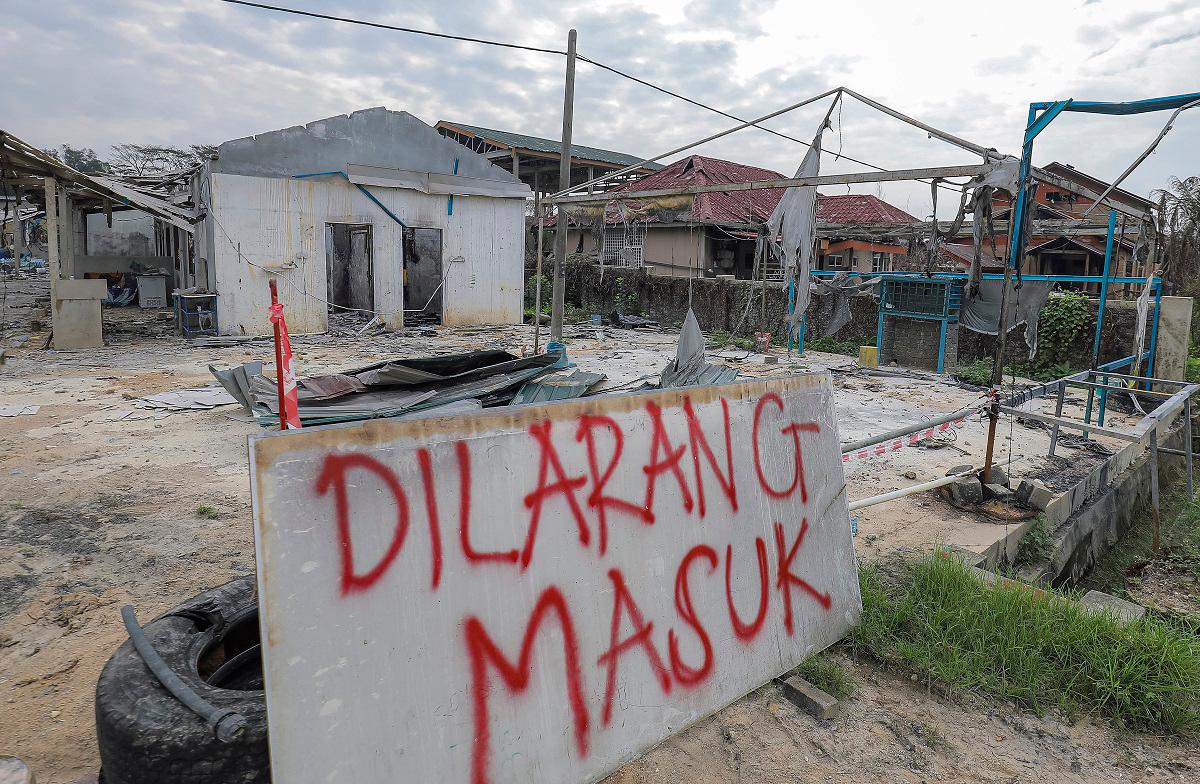SELANGOR Menteri Besar Datuk Seri Amirudin Shari has dismissed calls for a new investigation into the Putra Heights gas pipeline fire.
He has pledged “no cover-ups” and announced a briefing for lawmakers today, stating the full report will be released once cleared.
The MB has been quoted as saying: “Those who are unhappy can review the report themselves and identify who was responsible. It provides a picture of the responsible parties.”
From my perspective, for communities along Malaysia’s 2,600km gas pipeline network, the core expectation is clear: We need the investigation report published ASAP, intact and made public online, directly identifying who is accountable.
It is my firm view that the onus should be on the investigation team to outline responsibility without ambiguity, not to leave the public to piece together who
is at fault. This is
a fundamental public expectation for transparency and rebuilding trust.
Key unanswered questions
The intense blaze, attributed to unstable ground, prompts crucial inquiries into the performance of established safety protocols.
Reports now point to unstable ground as a direct cause. Significantly, soon after the incident, on April 3, Petronas Gas Berhad (PGB) issued a statement reaffirming its “unwavering commitment to public safety”.
PGB specifically emphasised its adherence to international standards and robust asset integrity management programmes, highlighting its external monitoring efforts which include “regular soil and slope movement monitoring by competent and qualified personnel”.
Given PGB’s explicit assurance about its capabilities in soil
and slope movement monitoring, urgent questions persist for the public and I believe the report must definitively address them, especially concerning any potential shortcomings:
Soil monitoring: Did PGB’s advanced soil monitoring systems detect early warnings of instability in the area? If so, what immediate actions were taken to prevent the rupture? Did the system fail to detect, or were warnings missed?
Timely shut-down (automatic vs manual): The fire burned for a prolonged period. Why?
Automatic shut-off: Did automatic shut-
off systems, like SCADA/PLDS, designed for rapid response to major leaks, activate as expected at the site or upstream or were there delays?
Operational empowerment: Were operational teams on duty empowered to manually shut off the gas immediately as part of emergency protocol? Was there any delay in gathering decision-makers, potentially impacting response time?
Buffer zone assumptions: This incident highlights what I see as a critical question: whether current pipeline “buffer zones” – distances assumed safe based on automatic shut-off valves closing almost instantaneously – are truly adequate if gas flow is prolonged.
Understanding how these safeguards performed and how human intervention played a role is vital for ensuring quick containment.
Lessons from past disasters
History, tragically exemplified by the 1988 Piper Alpha oil platform disaster where 167 lives were lost due to continued fuel flow, starkly shows the cost of delayed isolation.
While circumstances differ, the principle remains that rapid and decisive action to cut off fuel is paramount. This event, in my opinion, underscores the urgent need to re-evaluate pipeline “buffer zones” against real-world scenarios, not just ideal-case assumptions of instant shutoff.
For communities living near these pipelines, confidence in infrastructure safety is paramount. I believe clear, understandable answers on how our crucial safety technology functioned and how human protocols were executed in preventing a prolonged fire are essential to building this confidence.
Any lessons learned from this incident, including those pertaining to reinforcing and enhancing existing safeguards, must be openly shared.
If the full report lacks clarity on these vital operational questions, I strongly advocate that a separate, independent review by neutral experts should be considered to ensure full public confidence.
Our collective well-being is paramount. To uphold public trust and ensure the safety of all communities, I believe the complete findings of this investigation must be transparently revealed, outlining accountability and addressing all ambiguities.
This includes conclusive evidence regarding the performance of soil monitoring systems, the timeliness of gas shut-off mechanisms and the roles of operational teams, leaving no room for speculation about potential negligence.
Only through such comprehensive disclosure can confidence be restored and future incidents prevented.
Comments: letters@thesundaily.com









